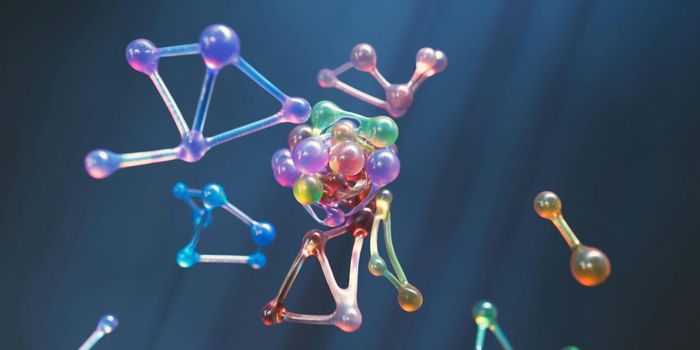Why Older People Lose Motivation to Learn
Researchers from MIT have identified a brain circuit that may explain why, as people age, they tend to lose motivation to learn new things.
Striosomes are cells that are located in the striatum part of the basal ganglia, a collection of brain centers associated with forming habits, controlling voluntary movements, emotion, and addiction. In recent years, researchers found that they play an essential role in a kind of decision-making known as approach-avoidance conflict ie. making decisions when there are both positive and negative elements to each outcome.
As they connect to cells in the substantia nigra, one of the brain's major centers for dopamine production, researchers hypothesize that they act as gatekeepers for absorbing and processing sensory and emotional information from the cortex to make decisions.
In the new study, the researchers set out to find what happens to striosomes as mice learn to make decisions with both positive and negative outcomes. To do so, they measured and analyzed the cells' activity during experiments in which mice learned to associate hearing one tone with getting more sugar water and hearing another tone with a mildly aversive stimulus- a bright light.
While learning the task, the researchers found that the striosomes in the mice showed higher activity than other parts of the striatum, and that this activity correlated with their behavioral responses to both tones. This suggests, they say that striosomes may be crucial for assigning subjective value to particular outcomes.
The researchers also found that older mice (those aged between 13 and 21 months old) tended to engage less in learning this type of cost-benefit analysis. This correlated with a decline in their striosomal activity when compared to younger mice. Similar losses in motivation have been found in mouse models of Huntington's disease, a neurodegenerative disorder that affects the striatum and its striosomes.
To verify the link between motivation to learn and striosome activity, the researchers gave the older mice genetically targeted drugs to boost their striosome activity. In doing so, they found that the mice became more engaged in performing new tasks. Meanwhile, suppressing striosomal activity left them more disengaged.
Currently, the researchers are working on possible drug treatments to stimlate the circuit. Alexander Friedman, one of the paper's lead authors, says, "If you could pinpoint a mechanism which is underlying the subjective evaluation of reward and cost, and use a modern technique that could manipulate it, either psychiatrically or with biofeedback, patients may be able to activate their circuits correctly."
Sources: Neuroscience News, Cell









